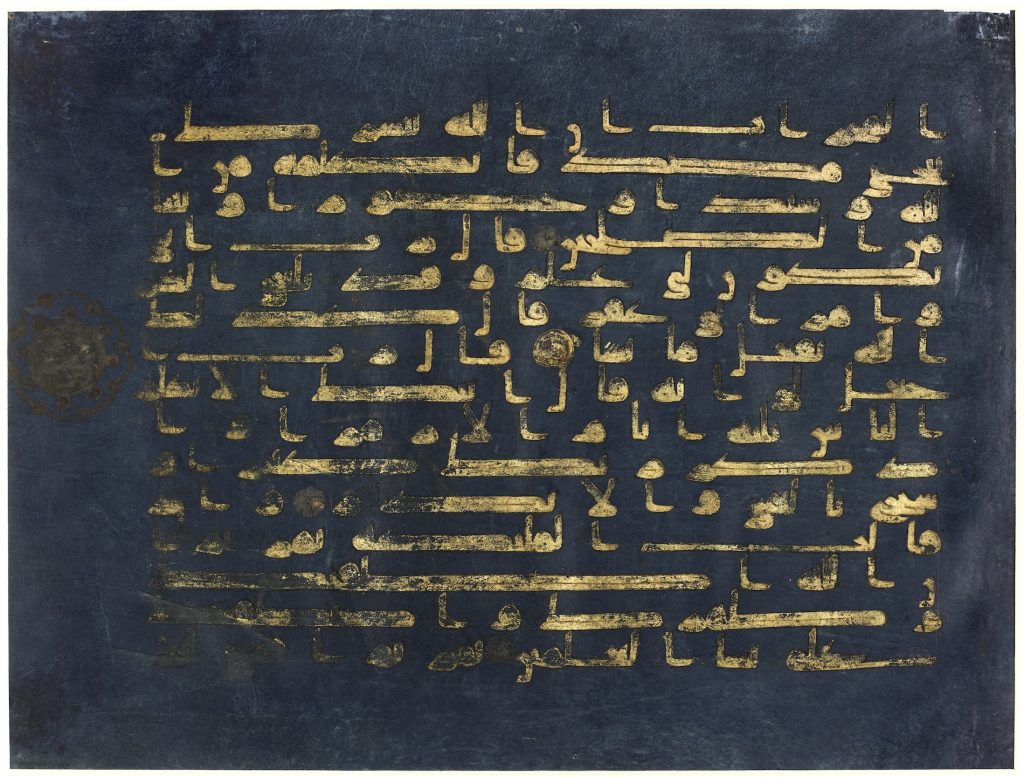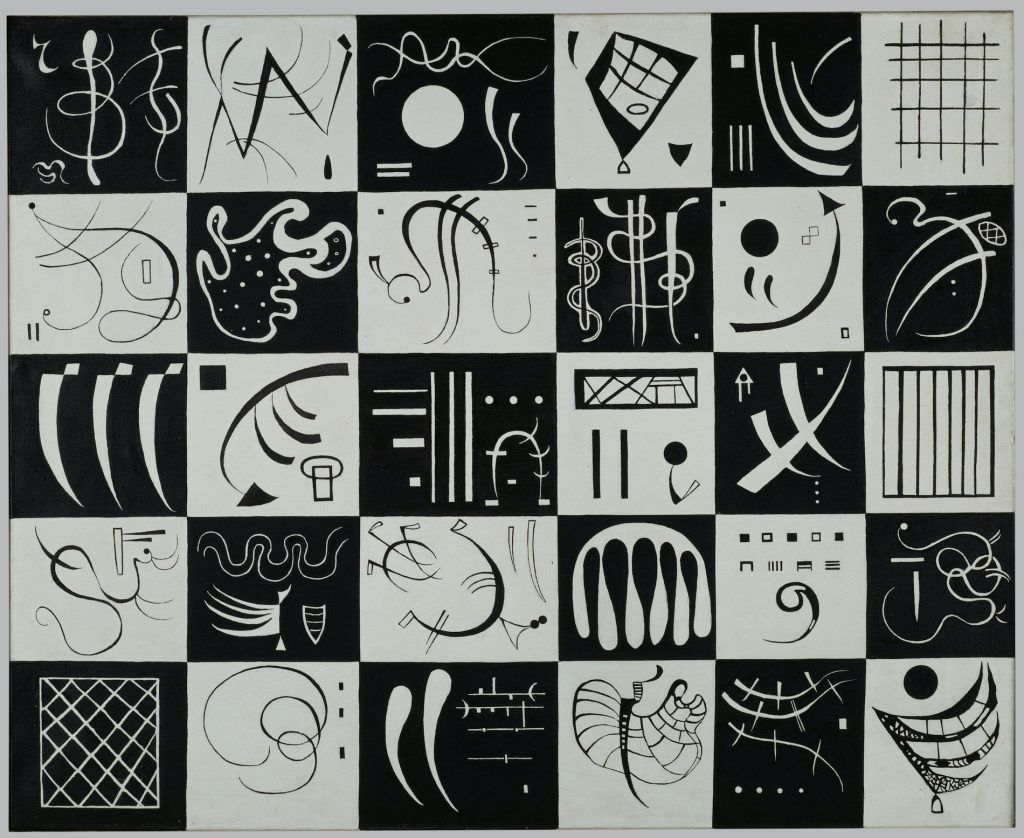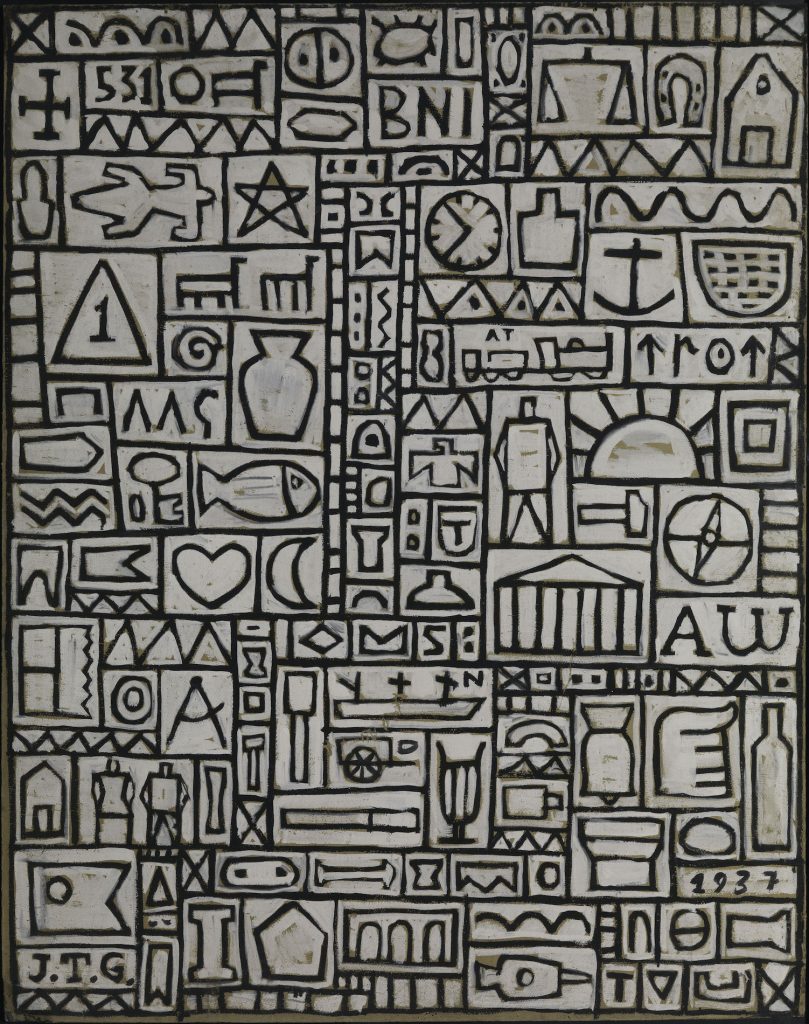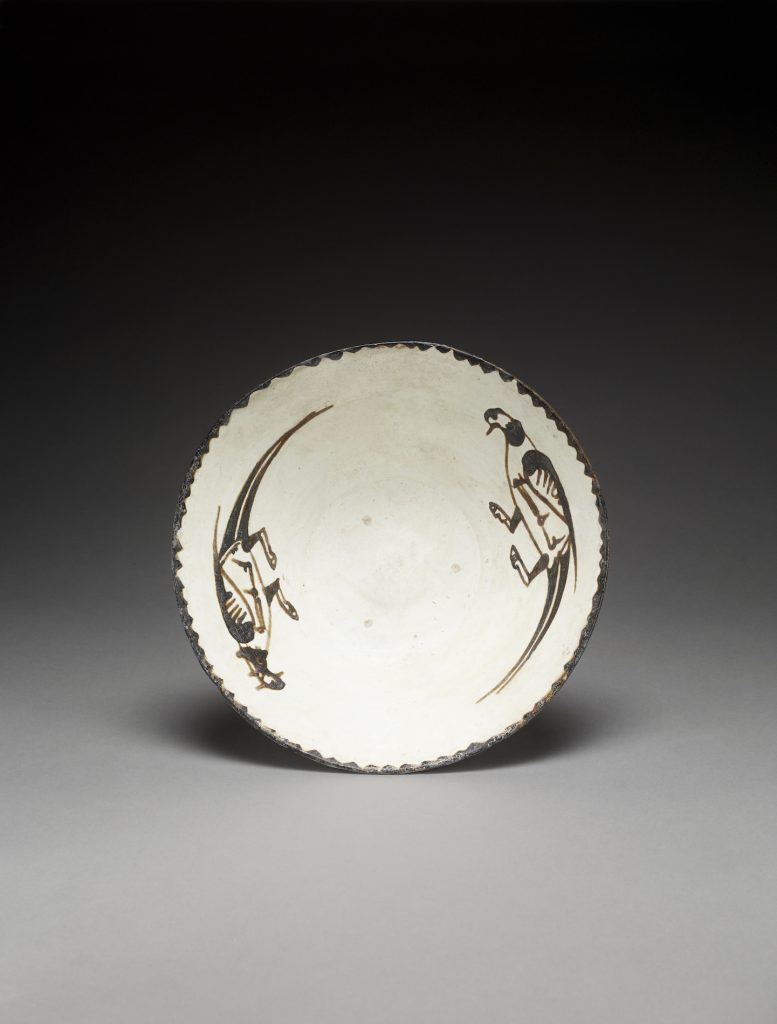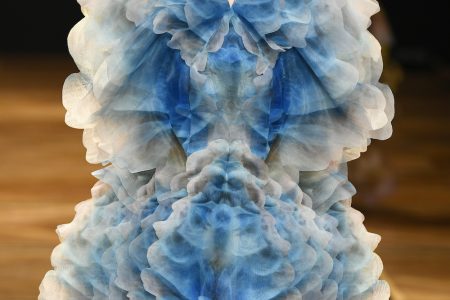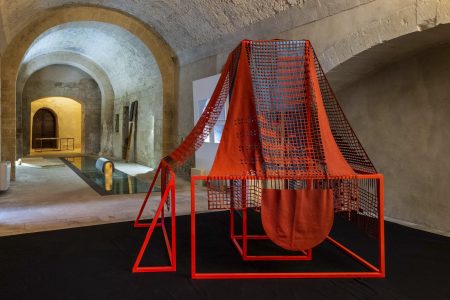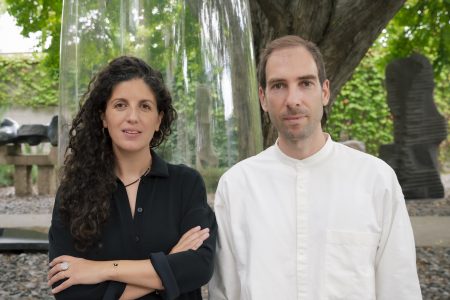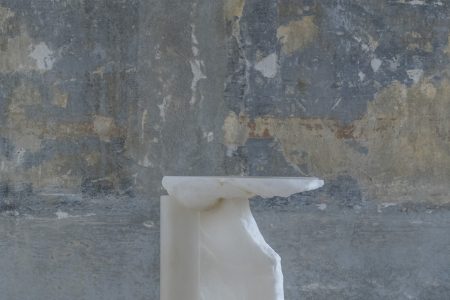
Abstraction and Calligraphy: Towards a Universal Language
The Louvre Abu Dhabi presents ‘Abstraction and Calligraphy – Towards a Universal Language’ which unpacks the history of mark-making and calligraphy.
The new exhibition at the Louvre Abu Dhabi presents their new show ‘Abstraction and Calligraphy – Towards a Universal Language’ unpacks the earliest forms of mark-making and, in particular, calligraphy. It charts sites mutual inspiration around the world, and dedicated to artistic practices of abstraction, bringing together 101 masterworks on loan from 16 partner institution collections, alongside seven works from Louvre Abu Dhabi’s permanent collection, and two monumental artworks by contemporary artists whose current-day practices bring recurring themes of the exhibition to life.
Organized in four themed sections, the exhibition will investigate the timeline of abstraction as a new visual language established by artists in the early 20th century. By highlighting the rich cultural exchange taking place at that time, it is shown how the abstract movements were inspired by a plethora of signs and symbols, philosophies, and artistic techniques from cultures and societies far from European and American capitals.
Artists including Paul Klee, André Masson, Vassily Kandinsky, Cy Twombly, Lee Krasner, and Jackson Pollock sought a new universal language that enabled them to express their emotions in response to a rapidly changing society, breaking away from figurative conventions. The show will also focus on how these same influences informed the practices of artists from the region – from Dia Azzawi and Anwar Jalal Shemza to Ghada Amer, Shirazeh Houshiary, and Mona Hatoum. The exhibition shows installations from two contemporary artists, eL Seed and Sanki King, exploring how artists today are still seeking new visual forms to respond to current societal changes.
The first section of the show focuses on pictograms, symbolic figurative images that represented words and ideas in writing in ancient civilizations in Mesopotamia and Egypt. Work presented include a painting by Swiss-German artist Paul Klee, who – inspired by his travels to Tunisia created artwork that combined elements of images and letters stemming from his fascination with Egyptian hieroglyphics. His work influenced artists such as Joaquín Torres-García from Spain, Iraqi artist Dia Al Azzawi and Pakistani artist Anwar Jalal Shemza. This section also includes works from American artist Adolph Gottlieb, inspired by images from Native American art, and French artist André Masson, who was inspired by 17th-century Indian figurative inscriptions and Arabic calligraphy.
In line with the history of writing, the second section focuses on signs, which by their very form can express universal ideas. Works on show include studies of signs by Russian artist Vassily Kandinsky, considered by many to be one of the inventors of abstract art. As an act of resistance to the Western world ravaged by war, many artists turned to Japan and China for inspiration. The signs traced in works by French-Hungarian painter Judit Reigl and German-French painter Hans Hartung echo symbols used by Chinese and Japanese calligraphers. The show furthermore includes works from French artists Georges Mathieu, who tried to develop a lyric and rapid gesture, and Julius Bissier, who was influenced by the Chinese philosophy of Taoism. Finally, Mona Hatoum’s works endeavor to create a new alphabet of signs through found objects.
The third section is devoted to lineaments, revealing how Western artists appropriated the energy of Eastern calligraphy in their brushstrokes to produce free and fluid lines. In opposition to Western artistic inclination, the Surrealist movement invented a drawing technique called Automatism, using automatic movements to express the subconscious. It allowed them to artistically respond to a tumultuous interwar period between World War I and World War II. On display works by Surrealist André Masson as well as works by Jackson Pollock, Philip Guston, and Willem de Kooning, who were all influenced by Masson. Visitors will be able to see Jean Dubuffet’s primitive creations, inspired by a combination of graffiti, rock paintings, and children’s drawings. Also on show is Cy Twombly’s gestural drawings for curtains of the Opéra de Paris and Lee Krasner’s works, which take their inspiration from Kufic script from the Iraqi City of Kufa, the birthplace of Arabic calligraphy.
The exhibition concludes with a section showing how both Western and Eastern artists incorporated calligraphy into their practice, such as Spanish artist Joan Miró, who referenced how closely painting and poetry are linked in the East. Following in his footsteps, the poets Brion Gysin, Henri Michaux, and Christian Dotremont pursued the same path by painting poetry, inspired by their trips to North Africa, China, and Lapland, respectively. Henri Matisse’s studies for his illustrated book Jazz, which he called “arabesques” in a tribute to Arabic writing, are also included here. Viewers will also discover how regional artists, including Shakir Hassan Al Said and Sliman Mansour, sought to free calligraphy from its purely linguistic function. This section is completed by two original monumental artworks from contemporary artists—French-Tunisian artist eL Seed and Pakistani artist Sanki King.
“Museums, with their ability to inspire curiosity, discovery, and learning, are essential to every society, and we hold them in particular regard here in Abu Dhabi. It has become more apparent than ever the increasingly important role that art and culture play in our lives, providing wonder, intellectual stimulation, and comfort, as well as a sense of connection to others in our communities and far beyond. What is also clear, and what was a primary message of the Reframing Museums symposium in November, is that trust and solidarity between countries and between arts institutions are what will ensure a vibrant future for a collaborative, international cultural sector.” Manuel Rabaté, Director of Louvre Abu Dhabi, commented.
Abstraction and Calligraphy: Towards a Universal Language is on show at Louvre Abu Dhabi from 17 Februaryth – 12 June 2021.
Cover image: credits Department of Culture and Tourism – Abu Dhabi Photo APF
